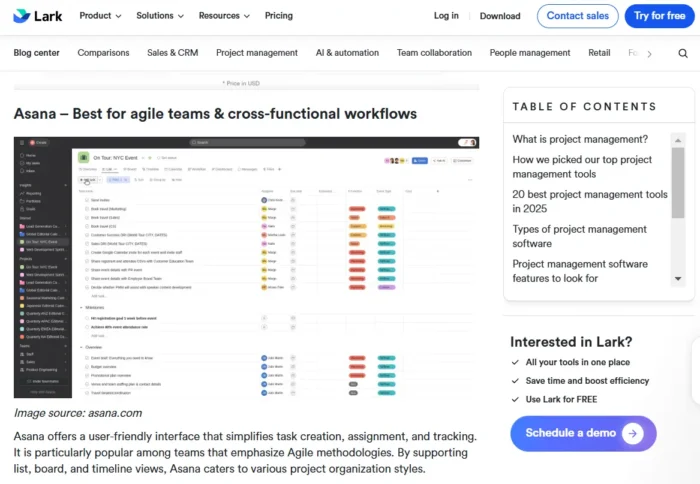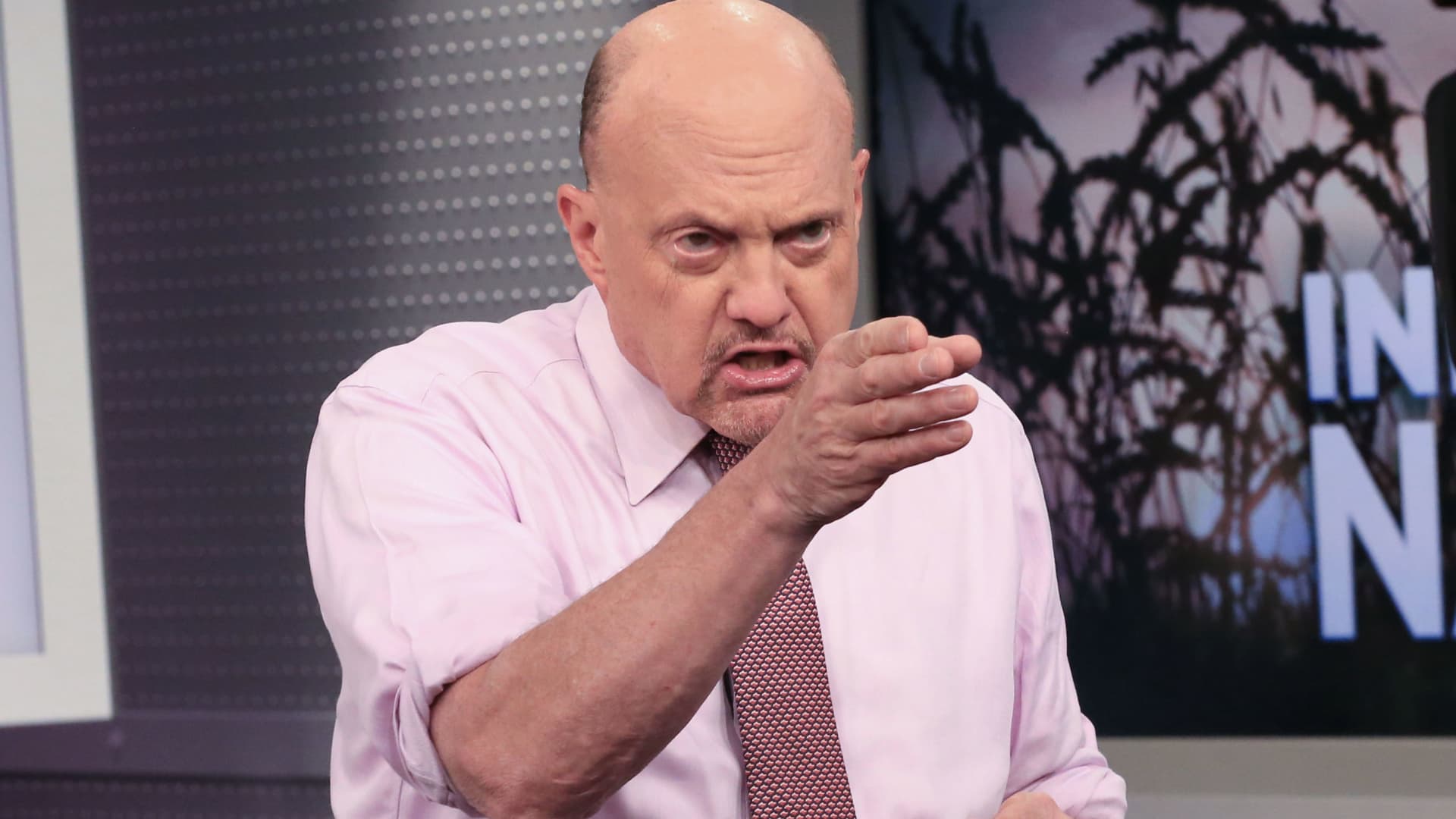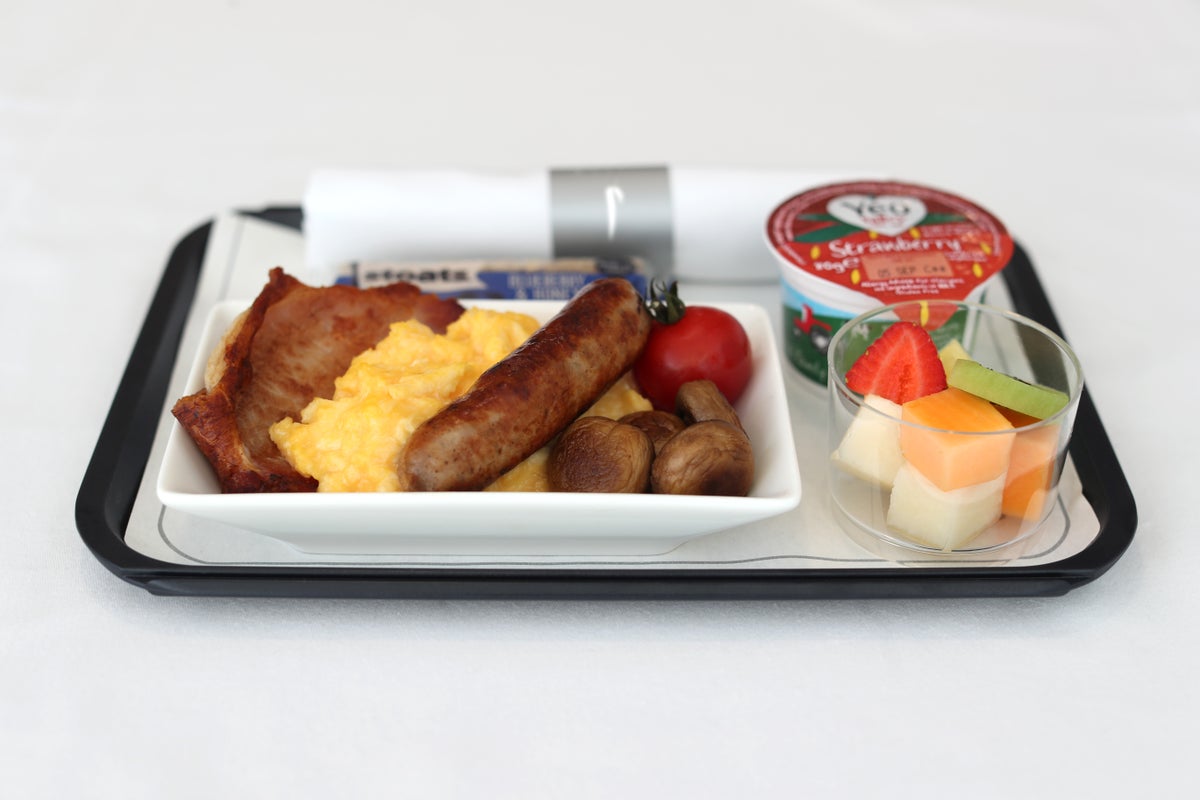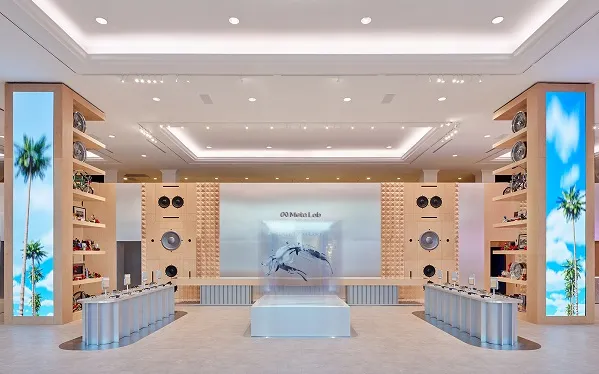What you need to know about b-to-b ads in b-to-c channels
The shift of b-to-b advertising into consumer channels is growing, and marketers need to alter their media strategies to include both b-to-b and consumer channels.

The idea that the gap between the b-to-c and b-to-b marketing playbooks has been narrowing over the past decade is nothing new to today’s leading b-to-b brands. These marketers have identified opportunities by getting closer to their customers, personalizing messaging according to prospects’ roles within the buying journey and ultimately speaking to individuals as people rather than “buyers.”
But this high-level pivot in marketing approach is no longer enough. Now it’s time to talk about the next evolution of the journey to a one-to-one b-to-b marketing world: bridging the gap between b-to-b marketing messages and b-to-c marketing channels.
The Inevitable b-to-b/b-to-c channel collision
The shift of b-to-b advertising into consumer channels has been on the horizon for a while. But, like seemingly everything else in the marketing world, the necessity of this pivot arrived sooner than anyone expected thanks to the pandemic. Today, there are two primary reasons that b-to-b marketers need to be altering their media strategies to include consumer channels:
1. Today’s professionals are more fluidly slipping between their private and professional personas.
2. Traditional b-to-b marketing opportunities have narrowed.
The shift to home offices and remote work, in partnership with continued restrictions on business travel and tentpole in-person events across all industries, has catapulted the above two trends from “something to watch” to “something that’s transforming the b-to-b landscape right now.”
Prior to the pandemic, business professionals were already working from their home offices and personal devices more than ever. Similarly, the prestige and necessity of a lot of massive industry gatherings—and the skyrocketing associated costs—were on the decline. Now, forget about mere scaling back on business travel and events. A lot of industries are waiting to see if these activities come back following the pandemic at all.
So here we are: B-to-b marketers must now navigate a reality in which their prospects might be doing their personal laundry and eating lunch at their kitchen counter at 12:30 p.m., and then popping onto Zoom to negotiate a massive new business partnership at 1 p.m. The need these prospects and their organizations have for professional products and services hasn’t changed, but the environment in which they’ll be shopping for them sure has.
More than ever, b-to-b buyers are blurring the lines between their professional and personal worlds, and they expect the companies that want to do business with them to do the same.
So how do b-to-b marketers restructure their thinking and advertising activities to meet these new expectations?
New considerations for a blended b-to-b/b-to-c advertising landscape
If a b-to-b marketer is selling CRM software and knows a prospect is a massive Kansas City Chiefs fan, then ESPN is just as logical a place for that marketer’s media spend as the SaaS industry trade magazines. The key, of course, is to be able to unlock these types of personal insights and layer them on top of business data, and at scale. That represents a new approach to data-driven marketing for most organizations, but quality sources of this type of crossover data—ones that can enhance b-to-b profiles with personal interests, behaviors and attributes—are becoming a reality.
Putting this new depth of insights within b-to-c channels to work for b-to-b targeting will require marketers to assess their dynamic creative capabilities and decide just how granular it makes sense to go. Of course, it’s not feasible to segment b-to-b audiences according to every potential hobby or personal interest. But with the right data, organizations should be able to unlock new consumer-side insights within their business audiences and segment thoughtfully.
The added effort will be worth the reward. Not only will b-to-b marketers be able to find new ways to connect and engage with customers and prospects, but they’ll also be opening up an endless new array of media outlets and channels for consideration, many of which can be accessed at a fraction of their typical b-to-b price points.
The enormity of the b-to-c channel opportunity for b-to-b marketers can be daunting, so remember: It’s OK to start small. With quality b-to-c/b-to-b crossover data, you can begin to evaluate new opportunities, test and experiment with new approaches and outlets and then scale efforts when you find a winning combination.

 Fransebas
Fransebas 






























